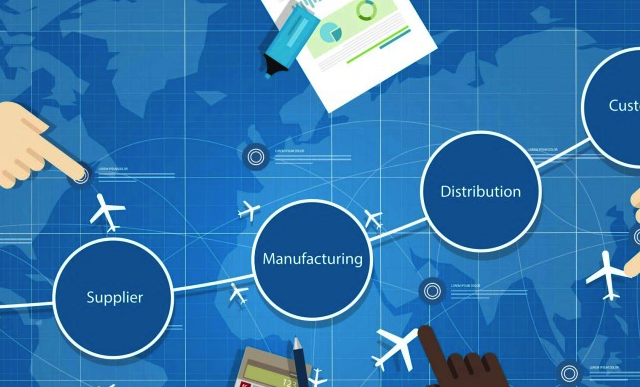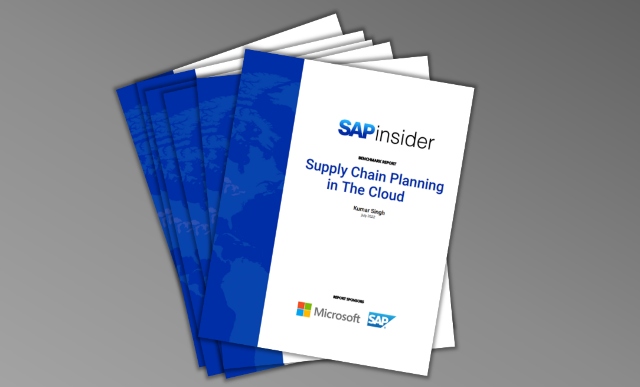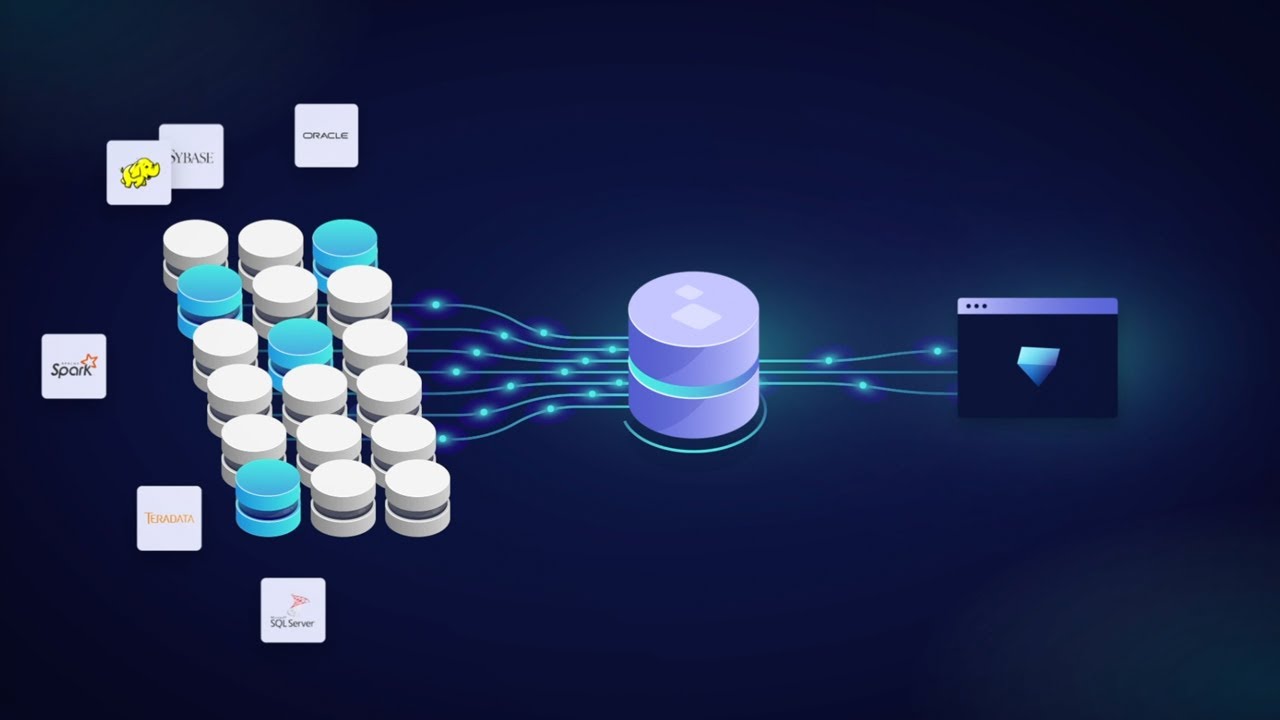Why AI Needs to Play a Critical Role in America’s Supply Chain Innovation Capabilities
By Kumar Singh, Research Director, Automation and Analytics, SAPinsider
The Tomorrow War
In the movie “The Tomorrow War”, people from the future (2051) time travel to 2030 to ask for help. In 2051, our planet is being overrun by invading aliens from outer space and with their numbers dwindling rapidly, humans are bound to lose the war. Unless they draft humans from 2030 to “jump” into the future and fight for them in 2051, the chances of survival of human race is at stake. This becomes public news and the entire world unites and starts sending their armies to the future to fight for humanity. However, humans still keep losing and their numbers keep reducing exponentially.
In one of the scenes in the movie, when Chris Pratt, the lead actor in the movie, who is playing a retired veteran who is now a high school science teacher, is teaching a class, his students ask a question- “Why should we even study when we know that most of us are going to get killed by aliens in the future? What is the point of all this “.
Explore related questions
The teacher, played by Chris Pratt, replies -“We cannot stop innovating. That is how you solve a problem. Science is important, so we need to focus up.” The gist was, that innovation today can alter the course of the future.
The real tomorrow war will be “The AI War”
Why did I start with a sneak peek into the plot of the movie “The Tomorrow War”? Let us imagine another scifi scenario.
What if one day some leaders and scientists from 2040 travel back to 2021. These leaders and scientists bring bad news from the future. US has lost its global leadership position. As a result of that, the world is in chaos. Anxiously, leaders and scientists from the present that these guys are interacting with, recognize this as a cry for help from the future, and ask what needs to be done NOW to change that future ? The answer they get is exactly the dialogue from the movie mentioned above:
“You cannot stop innovating. That is how you solve this problem. You need to focus up.” And the gist here is also the same. Innovation today can alter the course of the future.
US has always been a country driven by innovation so why would something like this happen ? Why would these people from the future request that US steps on the gas in the area of innovation ? And the answer to that may lie in one key ingredient that technology has now empowered us to leverage in innovation – Artificial Intelligence (AI). And many, including me, think that this ingredient, AI, needs to become an imperative of national importance. But why this imperative ?
AI Superpowers: China, Silicon Valley, And The New World Order
Coming back to the real world- If you have not read the book with the exact title as above (AI Superpowers: China, Silicon Valley, And The New World Order ), here is the gist. The book’s key thesis is that while Chinese administration is aggressively investing in irreversibly weaving every capability with AI, in order to create a high-power cable that will transform, control, and possibly impact humanity’s economic future, the USA currently lags China and may face the repercussions few years from now.
So is the book just exploiting and intensifying the fear factor or is USA really in the kind of soup mentioned in the book ? Afterall, at one point, in 1980s, it seemed that Japan would conquer the world with their Prolog (logic programming) initiative. That did not happen.
I have written about this book on LinkedIn more than once since it was published and my postulation is that while the book definitely exaggerates the situation, there is a definite need for USA to accelerate in the area of applied AI. And this acceleration needs to happen in a way such that every long term policy strategy embeds the aspects of AI strategy in it. AI needs to become an integral part of every national policy and plan, where applicable. US HAS TO get far ahead of the AI race to create a turf where there is no parallel.
“Fight your enemy where they aren’t” – The Art of War
An Example of inserting AI in a policy or plan – Biden administration’s review of critical supply chain capabilities
USA- A country propeled to power by vision, innovation and hard work
In my perspective, there are few key long term ingredients in a country becoming successful, strong and a superpower. One of them is having a long term vision. Just like the corporate world, lofty goals with a lack of long term vision can have serious repercussions. The good news is, a robust long term vision is one of the aspects that leaders in US generally always have in perspective despite their political differences. And hence, I was not surprised that the importance of innovation capabilities was on the top of the list of recommendations from the 100 days supply chain review recently concluded by Biden administration. The recommendations under this bucket have been reproduced below
Rebuild America’s production and innovation capabilities:
- Provide dedicated funding for semiconductor manufacturing and R&D:
- Establish a new Supply Chain Resilience Program:
- Deploy the DPA to expand production capacity in critical industries:
- Invest in the development of new pharmaceutical manufacturing processes:
- Improve transparency throughout the pharmaceuticals supply chain
How AI can be incorporated in a study like this
As mentioned previously, AI needs to be interweaved into all policies where it can make an impact (which will be most national policies). What US needs is state sponsored massive AI push. Obviously, each of the recommendations in the suppply chain review report are critical. And so is the role of AI in helping execute the end objectives that need to arise from the execution of recommendations. While technology is frequently mentioned in the study, I was expecting to see the letters “A” and “I” throughout the report. The fact is, if you exclude AI from the possible set of technology tools that can be leveraged, most of the remaining tools have existed is some forms for decades and have failed to address the core aspect – whether it is making manufacturing more cost effective in America or building supply chains for critical products that can survive disruptions or sabotages.
If we revisit the bullet points of recommendations listed above, you can easily see that most of them must leverage AI and ML capabilities, in order to realistically implement them in a way that they actually deliver what they are expected to. Whether it is investment in developing new manufacturing processes, improving transparency in supply chains or baking seamless resiliency in critical goods supply chains, AI HAS TO play a key role if we realistically expect to transform manufacturing processes or build true supply chain resiliency. As an example, efforts to develop more agile, responsive, reproducible and cost effective manufacturing processes need to be combined with the application of digital tools for seamless communication and near real time planning between process units, plants, and distribution nodes. Similarly, you can not build a truly resilient supply chain between low cost countries and North America without leveraging some smart algorithms, ones that allow the level of visibility and planning aid that can help build true resiliency. In fact, I propose a centralized, control tower funded by federal government for monitoring supply chains for critical goods, all within the purview of a federal supply chain CoE. This control tower interfaces with individual supply chain control tower of semiconductor and pharma companies. This is a whole topic in itself and outside the scope of this article.
Why establish a federal supply chain and manufacturing AI CoE ?
A significant investment needs to be made to weave AI within the fiber of every national policy, including those related to supply chain and manufacturing. As an example, one of the recommendations in the report states :
“….Congress support at least $50 billion in investments to advance domestic manufacturing of critical semiconductors and promote semiconductor R&D.”
A portion of the money from this investment needs to be used to setup a semiconductor and Pharma Supply Chain AI CoE. While we don’t want government interfering too much in private corporations in capitalism, this has become an imperative at this point. Because the level of scale and priority that US needs in this area can only be achieved by involving big brother. It will allow the entire industries to pool their resources as well as tap into the massive resources and computing facilities that government agencies have. I may be exaggerating it but this type of a CoE, for critical industries, is as critical as NSA and hence the infrastructure that US government needs to invest in for this CoE, should be likewise. Semiconductor manufacturing and pharma companies have been experimenting individually with leveraging AI and ML to enhance the end-to-end value chain but the scale is not where it needs to be. From accelerating R&D to lowering manufacturing costs significantly enough (so that offshoring does not remain lucrative), I believe AI and ML can make significant contribution in supply chain and manufacturing, and it may be the right time for the government to step in to accelerate the adoption.




